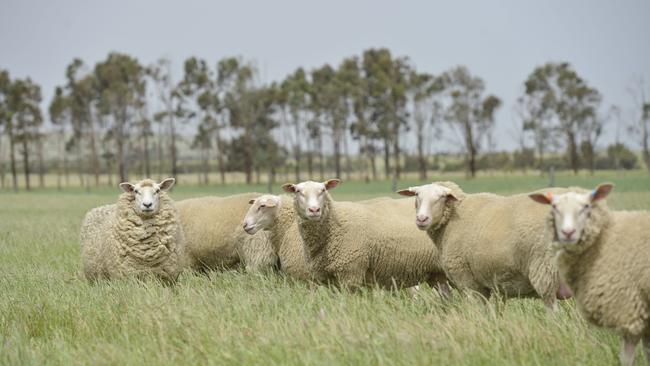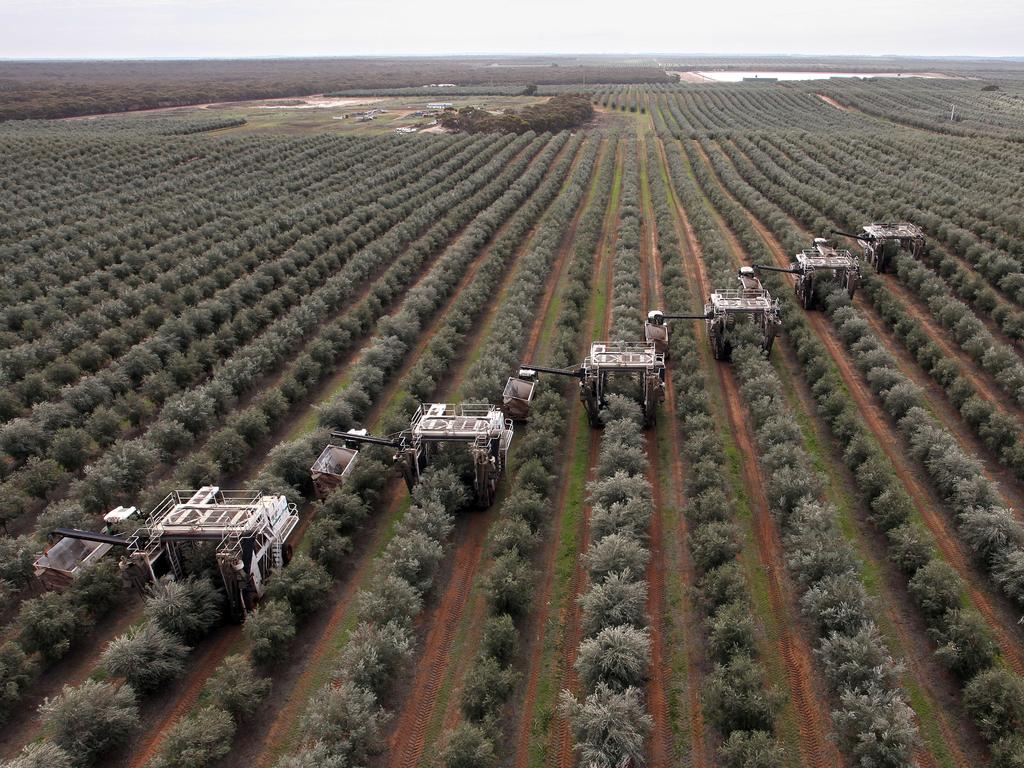New agriculture index on ASX fertilises a growth industry
A new Agribusiness Index on the ASX should drive an increase in capital for primary producers as they look to expand.

Australia rode on the sheep’s back – so the saying goes – but until now most listed agricultural companies have struggled to find the investor spotlight on the Australian Securities Exchange.
That may change with this week’s creation of a new S&P/ASX Agribusiness Index for companies whose main focus is agriculture products or commodities used in the production of food, such as fertilisers.
Companies including Elders, A2 Milk, GrainCorp, Tassal, Bega Cheese, Treasury Wine Estates and Lark Distilling will be part of the 25-strong AgBiz Index, which its creators say should boost investor interest.
“It’s great to shine a further light on agribusiness in Australia,” Elders chief executive Mark Allison said. “Elders is in its 183rd year in agriculture and has grown and developed in line with the growth of Australian agricultural industries.”
The agriculture industry has set itself a goal of driving pre-farmgate production to $100bn by 2030 and post-farmgate production to $200bn, and is backed by the federal government’s Ag2030 plan.

The industry was important for the economy, Mr Allison said.
Ken Chapman, the ASX’s head of strategic delivery, believes the new index will help increase capital for primary producers as they look to expand.
“ASX facilitates access to the fifth largest pool of pension funds globally and has a long history as an efficient capital raising venue,” Mr Chapman said.
“By creating the AgBiz Index, ASX is supporting agribusinesses to grow.”
One of the key benefits of an index for agriculture stock is that it makes it easier for potential investors to compare stocks and provides a benchmark.
“The profile of the agribusiness sector is hampered by the absence of an index benchmark akin to mining, energy, banking, property, healthcare or technology,” Mr Chapman said.
“By raising the profile of the sector, the AgBiz Index will increase investor understanding and interest, and be a critical ingredient in priming the market for the next phase of agricultural innovation.”
Reid Steadman, head of ESG and innovation at S&P Dow Jones Indices, said the creation of the AgBiz Index would help agriculture companies find capital to expand to reach the Ag2030 goal.
“This innovative index reflects the market’s heightened awareness of the need for sustainable agriculture,” said Mr Steadman. “It will also serve as a valuable tool for investors seeking to gain exposure to this vital driver of Australia’s economy.”
The AgBiz Index follows the S&P/ASX Australian Indices Methodology and will have a combined market capitalisation of about $30bn when it starts on Tuesday. The index selects companies from the largest 1000 ASX-listed securities.
GrainCorp chief executive Robert Spurway said the creation of an agribusiness index would help generate news about agricultural companies and help people think about fundamentals such as where their food actually comes from.

“The Index helps by bringing awareness of agriculture,” Mr Spurway said. “It will allow people to become more aware of the exciting opportunities and innovations, it will help raise capital and highlight the performance of the sector.”
As for the recent sharemarket volatility, which has particularly impacted technology stocks, Mr Spurway says the index will draw attention to an industry that is critical to the country but rarely in the spotlight.
“Agriculture is seen as a defensive sector,” said Mr Spurway. “The fundamentals are incredibly strong. There is an imbalance between supply and demand … the index brings a focus to a sector at the centre of the mega-trend of feeding the world.”
It is a view backed up by the ASX’s Mr Chapman.
“For many investors, the recent market volatility has highlighted the benefits of a diversified investment portfolio and of quality countercyclical stocks, such as those in the agribusiness sector,” he said.
There are specific criteria for eligibility on the index, including minimum float-adjusted market capitalisation, daily traded value and liquidity thresholds.
The index does not have a set number of companies for inclusion, and the weights of each can change at each semi-annual rebalance.








To join the conversation, please log in. Don't have an account? Register
Join the conversation, you are commenting as Logout